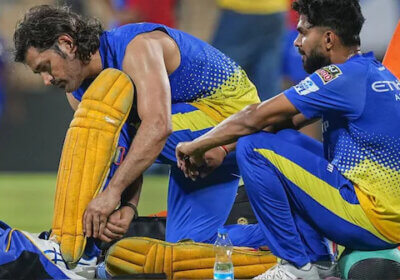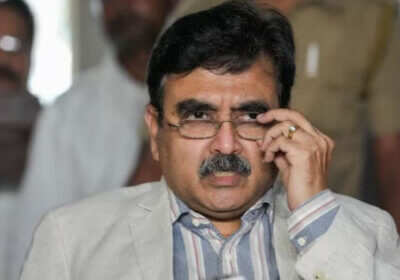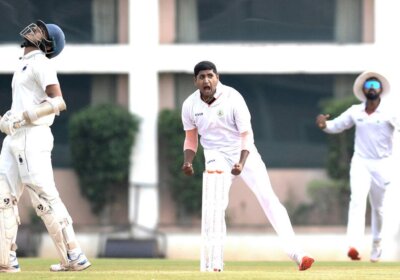Sharp Regression: India Drops 11 Places in the Press Freedom Index, Now at Position 161 of 180
India ranks among the 31 nations where RSF says the situation for journalists is “very serious” as the 19th worst performer.
RSF published its World Press Freedom Index
On Wednesday, May 3, Reporters Without Borders (RSF) published the 21st edition of its World Press Freedom Index, and it was unfavorable for India. India has dropped 11 places from 2022, when it held the 150th position, to the 161st position out of 180 countries in terms of press freedom.
Talking about India’s Media condition- refers to “very serious”
As of right now, India is one of the 31 countries that RSF deems to have “very serious” press freedom issues.
#India’s ranking in the 2023 #WorldPressFreedomIndex has slipped to 161 out of 180 countries, according to the latest report released by global media watchdog Reporters Without Borders https://t.co/3RCtO5qbuz
— The Hindu (@the_hindu) May 3, 2023
RSF begins its explanation of why India is included in this category by noting that “the violence against journalists, the politically partisan media, and the concentration of media ownership all demonstrate that press freedom is in crisis in “the world’s largest democracy,” which has been led since 2014 by Prime Minister Narendra Modi, the head of the Bharatiya Janata Party (BJP) and the embodiment of Hindu nationalism’s rights.”
Five variables that make up the World Press Freedom Index
The five variables that make up the World Press Freedom Index each have a score associated with it, and the countries are ranked based on these scores. The five sub-indicators are Political, Economic, Social, Legislative, and Security. They are all indicators.
The category of security indicators, where India’s ranking is 172, has seen the most concerning collapse. Only eight nations out of 180 have a worse ranking than India, according to this statistic. India is therefore the worst country in the world for ensuring the safety of journalists, trailing only China, Mexico, Iran, Pakistan, Syria, Yemen, Ukraine, and Myanmar, in that order. The bottom spot belongs to Myanmar.
Serious issues with India’s media
The concentration of ownership is one of many serious issues with India’s media landscape that are highlighted by the RSF:
The Hindu Group, The Times Group, HT Media Ltd., and Network18 are among the few sizable media conglomerates that are active on a national level. This abundance of media outlets masks tendencies towards ownership concentration. In Hindi, the primary language of the nation, four daily newspapers each have a readership of 75%.
The concentration is even more pronounced at the regional level for local language periodicals like Kolkata’s Anandabazar Patrika, which is published in Bengali, Mumbai’s Lokmat, which is distributed in Marathi, and Malayala Manorama, which is distributed in southern India.
Major TV networks like NDTV are examples of how this print media ownership concentration is also present in the TV industry. All news radio stations are owned by the government-run All India Radio (AIR) network.
It continues by saying that the relationships between these companies and the Modi administration—relationships that are openly advantageous to both parties—make this situation worse: “The Reliance Industries group, led by Mukesh Ambani, who is now a close personal friend of Modi and who owns more than 70 media outlets that are read by at least 800 million Indians, is without a doubt the prime example.
Similarly to this, the takeover of the NDTV channel by businessman Gautam Adani, who is also close to Narendra Modi, at the end of 2022 marked the end of pluralism in the mainstream media.
Media who raised their voices against govt referred to as “anti-national”
According to RSF, there are many legal tactics used by those in authority to harass journalists, including filing criminal defamation and sedition charges. The report states that while in theory, Indian law is protective, journalists who are critical of the government are increasingly being charged with defamation, sedition, contempt of court, and endangering national security, which is referred to as being “anti-national.”
Ranking of South Asian nations
India ranks among the index’s worst performers, even within South Asia. Pakistan is several ranks above India, which is ranked 150th, while Bangladesh performs marginally worse at position 163. Even Afghanistan, whose Taliban government is well known for being hostile to independent journalists, performed better, coming in at number 152. Bhutan ranks 90th, while Sri Lanka ranks 135th.























Leave a Reply